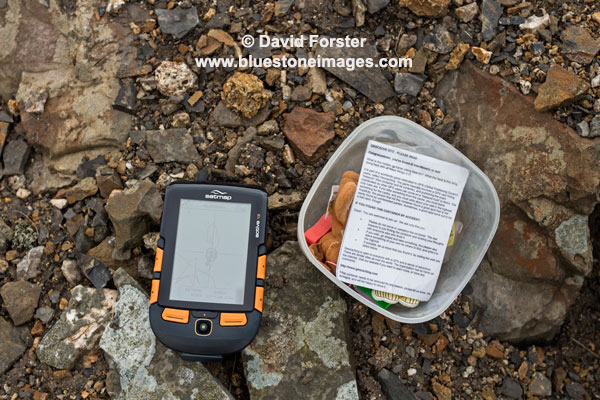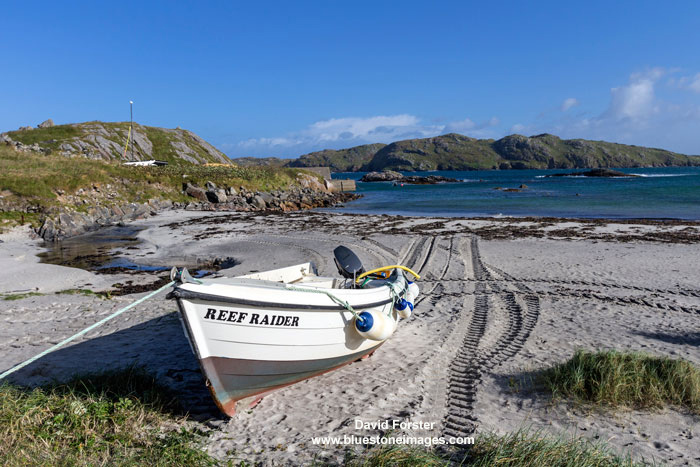Continuing my quest to locate and
photograph as many of the military air crash sites in Teesdale as I can before
they disappear completely, I have located two more sites. The first one I thought may possibly have
been lost from the records, but after a bit of research coupled with some local info, I eventually found it. The second
is a well-known but pretty remote site on the top of Dufton Fell.
Incidentally over the years there is
said to have been around 54 aircraft that have crashed in Teesdale, leading to
the deaths of 86 airmen. I am not
entirely sure of the accuracy of this statement which was reported in the
Northern Echo on 02 July 2014 but it does perhaps highlight just how many losses there were in the wider area.
Walk 1 - Blenheim IV Serial:
R3914 YH-W Near Middleton in Teesdale.
I knew a little about the story of
this incident, which took place 26th November 1940 as the crew returned from a
bombing raid over Germany. The aircraft
was one of seven that took off from RAF Watton in Norfolk to bomb a power
station at Cologne. The attack was a
success and as well as hitting their objective some of the aircraft were also
able to attack marshalling yards and docks in the area. The attack was also successful in that it
showed the Germans we could hit back at them even at this early stage in the
war.
This aircraft unfortunately ended up
over Teesdale and came down on moorland in the Middleton-in-Teesdale area. Clearly this is a long way of course for returning to
Norfolk and my assumption is the crew became disorientated and not knowing they
were over high ground either ran out of fuel, or indeed while low on fuel
descended and flew into the hillside.
The crew Sgt Harry Kenneth Collinge (Pilot), Sgt Douglas George Osborne (Obs) and
Sgt Albert Moore (wireless) were all killed.
I had already had a look in this area previously and identified a
possible location, however I couldn't find any physical evidence to confirm
this. That said over the years some
historians/collectors have also removed artifacts for their private
collections which meant there was little to identify where it came down
anyway.
A few months after my first visit however, I was given some information
by a local who knows the moors well and on my second attempt found some small
pieces of wreckage among grass a couple of hundred meters away from the first
location I had identified. While these
were fairly corroded they still had traces of paint on the underside and coupled with the fact the site is on the eastern side of the hill leads me to believe
this is actually the correct location.
 |
| Crash Site of R3914 YH-W |
 |
| Only a few small pieces with traces of paint on them exist above ground |
No memorial at the crash site exists, but I understand their names are recorded on a memorial at Deerbolt in Startforth, which is dedicated to all aircrew who lost their lives in the Teesdale area. There is however some doubt as to the future of this memorial as houses are going to be built on the site.
Walk 2 - Vickers Wellington Mk1c
(No T2715) Dufton Fell
We visited this location on a
late summer walk onto Meldon Hill from Cow Green reservoir.
Just after leaving the dam
we came across a spring trap with a recently trapped stoat in it.
 |
| Beautiful animals, I hate seeing them being killed like this |
Once you leave the track at
the dam head the walk onto Meldon is mainly trackless heather bashing
interspaced with peat hags and the odd boggy bit. That said the views do open out quite
quickly to the east across Cow Green and towards Mickle Fell
 |
| The view from the eastern side of the summit |
 |
| Summit trig and the view east beyond Cow Green reservoir |
Warm days are a rarity up here and it was tempting to laze
about in the sun, but as the actual crash site of the Wellington bomber is on Dufton Fell, some one and a half
kilometres further to the west, we reluctantly dragged ourselves away.
On the way we had a look at
some sheep enclosures and buildings that sit to the west of the summit at a height of around 700m. The buildings are ruined now, but even when
in use this must have been a truly bleak place to work.
 |
| The view north east across the upper Tees valley |
 |
| There is also a small howff like shelter here as well. |
Not long after dropping down
from the summit we were forced into a rather meandering course as we made our
way through bog and peat hags towards the crash site. Fortunately I did at least have a grid reference for the site and we soon
spotted the wreckage among the peat hags.
On reaching the wreckage the
first thing I noticed was that all of the valuable copper and brass components
of the aircraft had been collected and heaped together.
 |
| No doubt heading for a scrap yard at some stage |
Despite such sites being
protected by law I suspect these components will be heading off to a scrap yard
somewhere. The Gloster Meteor site I
visited last year on Knock Fell has also been looted and considering how remote
these sites are, and a vehicle is needed to move some of the heavier components, I will leave it to you to
draw your own conclusions about who may be responsible.
The background to this
incident was the crew of the Wellington were undertaking a night navigation
training flight on the night of 20th August 1942 and after getting lost in
cloud crashed into the very top of Dufton Fell. Fortunately the fell top is here fairly flat and made up of bog
and soft peat and it was this coupled with the fact the aircraft came in at a
shallow angle that meant all five of the crew survived. The aircraft did actually break in two and
take fire so they were lucky nobody was seriously injured or trapped. Their luck continued and given just how
remote this location is, they were very fortunate it was summer and were able
to find their way off the hill to safety.
 |
| This battery, along with exploded oxygen bottles were among the more easily identifiable components. |
There is a great deal of history, be it human or natural, tucked away in these remote hills and on
the way back we made a detour to look at a peat slide on Lodgegill Sike, the
scar of which is visible from the track on the opposite side of Cow Green
reservoir. The exact date is known for
this slide which took place on 6th July 1963 and was caused by a very localised
thunderstorm. The rainfall caused this
tiny stream to rise to fifteen feet above normal and deposit many tons of peat
into the river Tees. In fact this slide
along with another nearby caused so much peat to enter the Tees that water
extraction at the Broken Scar water treatment plant 30 miles downstream in
Darlington had to be halted for several hours on the 7th July as the peat sediment
levels were too high.
 |
| The upper section of the Lodgegill Sike peat slide over 50 years later |
This link has some pics taken by scientists working at Moor House at the time. http://nora.nerc.ac.uk/14996/1/MOOR_HOUSE_DT_CRISP_COMPRESSED.pdf
After this it was simply a case of making our way back to the dam head and back along the road to the parking area. Distance walked 20K
Text/images copyright David Forster www.bluestoneimages.com




















































